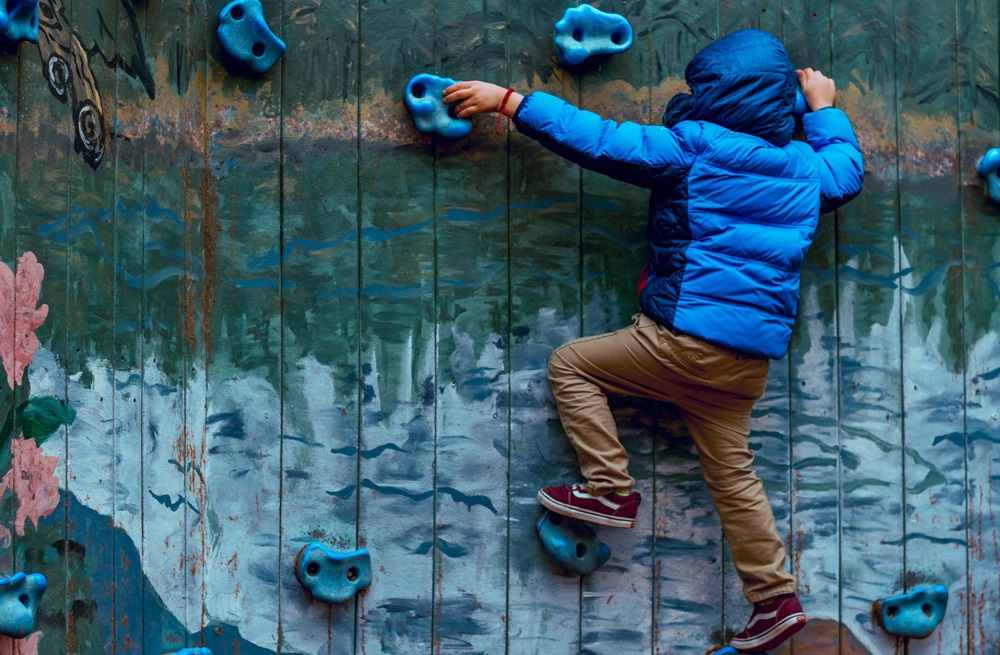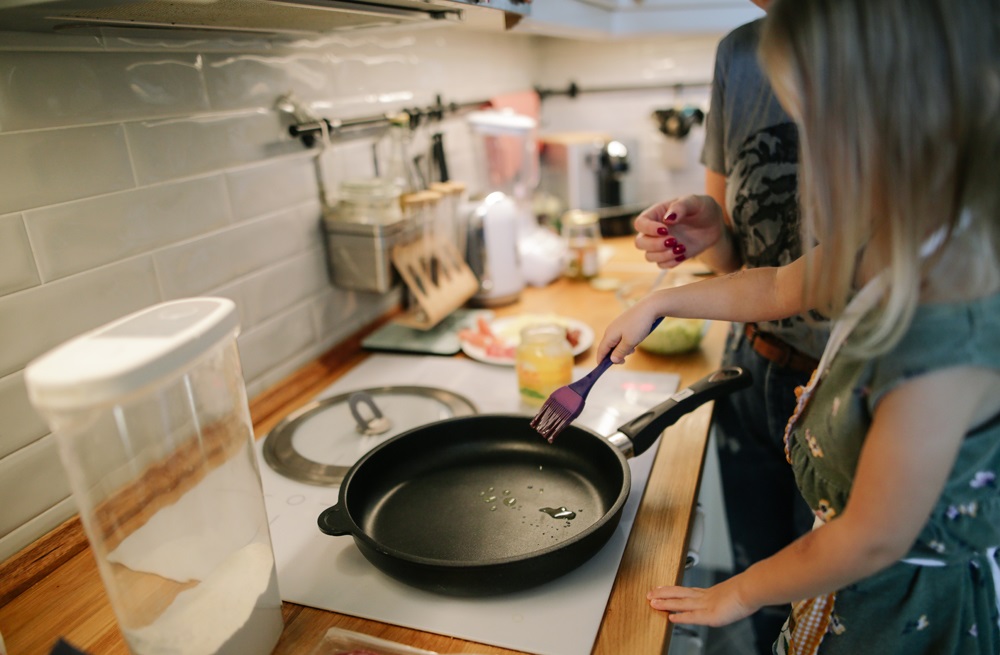We often think of independence in young children as an end goal, something to work towards with the finish line being adulthood. What we often don’t consider, however, is that there is no magical point in time where we think, “AHA…we passed the line, independence has been achieved!”
Independence is defined as “the state of wanting or being able to do things for yourself and make your own decisions”. When you reflect on the definition and think about what this can look like for children of all ages, you can see that independence is possible for even the youngest of infants.
Let’s look at some examples of ways we can foster independence in children of all ages.
Infants
Independence for a very young infant can be as simple as tuning into their cues and body language, listening to what they do and don’t want to do and ensuring your interactions are respectful.
Some opportunities to foster independence in infants include:
being in tune with an infant and following their cues as to when they want to be cuddled, fed or played with;
observing their body language and responding to their preferences during care routines;
learning to decipher what they do and do not enjoy by interpreting their responses to environmental sounds or happenings.
Infants communicate using body language and voice. With a newborn, it can take some time before you get to know and understand their individual style of communication, but very soon you will tune into what they are trying to tell you.
Talk to infants and ask them questions like, “Would you like to have a cuddle now?”, “Are you trying to tell me you like this song?”. You will find that they are extremely capable of responding to you and communicating their needs and desires.
Toddlers
Toddlers strive to be independent, and this can often be a cause of great frustration for them. This stage of development requires adults to exercise patience and understanding.
Some opportunities to foster independence in toddlers include:
- finding small ways that toddlers can exercise their need to do things for themselves. For example, by allowing them to put on their shoes and socks and practise putting on other articles of clothing;
- providing opportunities for toddlers to attempt dressing independently and being mindful of routines that are approaching where they may need additional time;
- giving them choices where they are able to make their own decisions. For example, by laying out two or three clothing choices and encouraging them to be responsible for what they wear that day;
- providing clothing that allows toddlers to be successful in putting it on themselves. For example, slip-on shoes, or shoes with velcro straps and loose-fitting t-shirts and sweaters that they can easily slip over their heads;
- harnessing their enthusiasm for household jobs by allowing them to help. For example, when cooking, toddlers can help to wash and prepare vegetables, stir, pour and tip cold ingredients. Trust their abilities and understand that things can get messy!
- trusting their decisions around food choices. Toddlers can begin to show preferences for certain foods, and can also often seem to eat very little. Understand that this is a phase and that they are able to make decisions over their diet. Continue to provide a range of different foods and role model your enjoyment of different foods too.
Toddlers say “No” a lot and this is a sign of their desire to be independent. They are at the point of realising they have a will and they want to exercise it. Providing these opportunities for them to make their own decisions can help this phase pass more quickly. Does your environment foster independence in young children? Take a look around with a toddler’s lens and consider how well the environment empowers young children. It can either be a source of frustration or it can provide opportunities for toddlers to experience independence and make their own decisions.

Young children
Three and four-year-old children are very capable young people and take great pride in being independent of others, making decisions and having control over the things that impact upon them. This is a time where adults can feel conflicted between supporting children’s independence and ensuring they remain safe!
Three and four-year-olds are well versed at negotiating with adults. They have suddenly realised that there is more than one way of doing things and that they are well and truly able to make decisions about a whole range of things. Offer them open-ended choices and the opportunity to have control over certain situations.
Some opportunities to foster independence in young children include:
- offering them responsibilities, such as feeding the pets, watering the garden, setting the table… young children thrive on responsibilities!
- encouraging them to help with routines that until now, have been the sole domain of adults, such as packing food into their lunchbox, putting washing away etc
- encouraging and supporting young children to take risks and engage in “risky play”
- considering the environment, is it a “yes” environment that encourages children to make their own choices?

Allow children time and space to test their own limits and boundaries. This requires adults to trust that children are capable and competent and to provide just the right level of support to ensure children are successful.
Ask their opinion on things such as, “What shall we have for dinner tonight?” and “Where do you think would be a good place to set up the paints today?” and roll with their suggestions. Offering opportunities to influence group-wide decisions and choices is very empowering and enables young children to feel that others trust and value their opinions.

Fostering independence in children requires adults to continually reflect on how this can look, not only for different ages but for individual children as well! It is important to be mindful of cultural considerations, in some cultures adults make decisions for children and independence may not be encouraged until children are much older. Perhaps you could survey the families of the children you work with to gain insight into what independence means to them?
ABOUT THE AUTHOR:
Sonya has worked in early childhood education for 18 years, as an educator and mentor. She is currently working at Storypark as community/social media manager. Sonya is passionate about the Reggio Emilia philosophy and was a study participant at the Loris Malaguzzi International Centre in 2010. Working in partnership with families and empowering children through respectful practice is something Sonya feels strongly about. Living in Wellington, New Zealand, Sonya has 2 daughters and a 3-year-old grand daughter.

